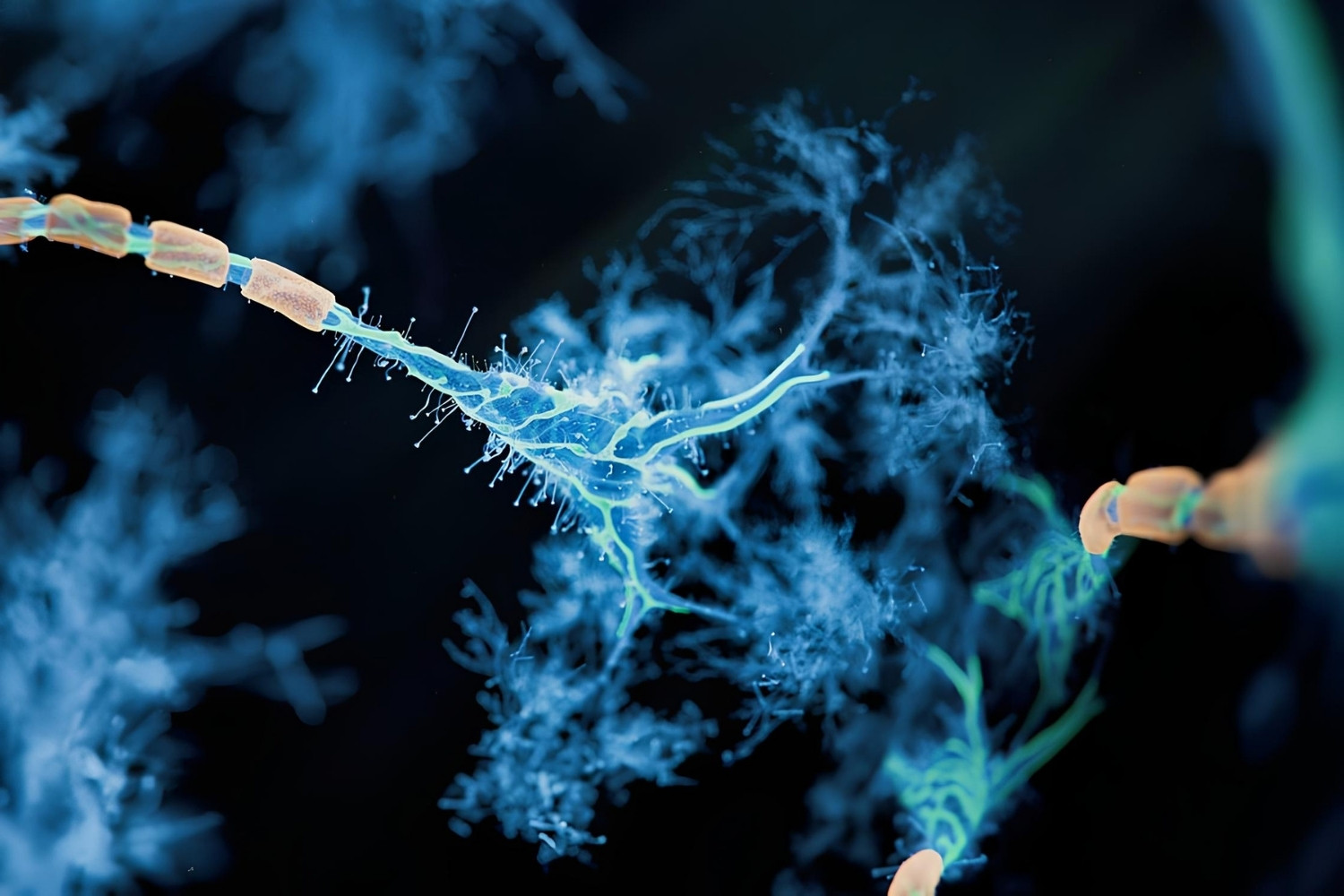
Axon guidance is a fascinating process that helps neurons find their way to the right targets, ensuring our nervous system works correctly. Ever wondered how your brain connects all those neurons to create thoughts, movements, and memories? Axon guidance is the answer. This process involves a mix of chemical signals, receptors, and pathways that guide growing axons to their destinations. Think of it as a GPS for neurons, helping them navigate the complex terrain of the brain and spinal cord. Understanding axon guidance can shed light on how our nervous system develops and functions, and even how it repairs itself after injury. Ready to dive into some amazing facts about this incredible process? Let's get started!
What is Axon Guidance?
Axon guidance is a crucial process in the development of the nervous system. It involves the navigation of neurons' axons to their correct targets, ensuring proper connectivity and function. This intricate process is guided by various molecular cues and cellular mechanisms.
- Axon guidance is essential for the formation of neural circuits in the brain and spinal cord.
- It begins during embryonic development and continues into early postnatal stages.
- Growth cones, located at the tips of axons, play a key role in sensing guidance cues.
- These growth cones are highly dynamic structures that respond to environmental signals.
- Axon guidance involves both attractive and repulsive cues to direct axons to their targets.
Molecular Cues in Axon Guidance
Various molecules act as signals to guide axons to their destinations. These molecules can be broadly categorized into four main types: netrins, slits, semaphorins, and ephrins.
- Netrins are secreted proteins that can attract or repel axons depending on the receptors present on the growth cone.
- Slits are another family of secreted proteins that primarily act as repulsive cues.
- Semaphorins can be membrane-bound or secreted and generally serve as repulsive signals.
- Ephrins are membrane-bound proteins that interact with Eph receptors to mediate both attraction and repulsion.
- The balance between these cues ensures that axons reach their correct targets.
Receptors and Signaling Pathways
Axon guidance cues exert their effects through specific receptors on the surface of growth cones. These receptors activate intracellular signaling pathways that ultimately influence the direction of axon growth.
- DCC (Deleted in Colorectal Cancer) is a receptor for netrins that mediates attraction.
- Robo (Roundabout) receptors bind to Slit proteins and mediate repulsion.
- Neuropilins and plexins are receptors for semaphorins.
- Eph receptors interact with ephrin ligands to mediate bidirectional signaling.
- Intracellular signaling pathways involve various molecules such as kinases, phosphatases, and small GTPases.
Role of the Extracellular Matrix
The extracellular matrix (ECM) provides a scaffold for axon growth and contains molecules that influence axon guidance.
- Laminins are ECM proteins that promote axon growth and guidance.
- Collagens provide structural support and can also influence axon pathfinding.
- Proteoglycans in the ECM can modulate the activity of guidance cues.
- Integrins are receptors that mediate interactions between axons and the ECM.
- The ECM can also sequester guidance cues, creating gradients that guide axons.
Genetic Regulation of Axon Guidance
Genetic factors play a significant role in axon guidance by regulating the expression of guidance cues and receptors.
- Mutations in genes encoding guidance cues or receptors can lead to developmental disorders.
- Transcription factors regulate the expression of axon guidance molecules.
- Epigenetic modifications can influence the expression of genes involved in axon guidance.
- Non-coding RNAs, such as microRNAs, can regulate the stability and translation of mRNAs encoding guidance molecules.
- Genetic studies in model organisms like C. elegans and Drosophila have provided insights into the mechanisms of axon guidance.
Clinical Implications of Axon Guidance
Understanding axon guidance has important implications for treating neurological disorders and injuries.
- Defects in axon guidance can lead to congenital disorders such as agenesis of the corpus callosum.
- Axon guidance molecules are potential targets for promoting nerve regeneration after injury.
- Therapies aimed at modulating axon guidance cues could help in treating neurodegenerative diseases.
- Research on axon guidance can also inform strategies for repairing spinal cord injuries.
Final Thoughts on Axon Guidance
Axon guidance is a fascinating process that plays a crucial role in the development of the nervous system. Understanding how axons find their way to their targets helps scientists uncover the mysteries of brain development and function. This knowledge can lead to breakthroughs in treating neurological disorders and injuries.
From the role of growth cones to the importance of guidance cues, every aspect of axon guidance is a piece of a complex puzzle. Researchers continue to explore this field, hoping to unlock new therapies and improve existing treatments.
Whether you're a student, a scientist, or just curious about how our brains work, axon guidance offers a window into the intricate dance of neurons. Keep an eye on this exciting area of study, as it holds the potential to change lives and deepen our understanding of the human brain.
Was this page helpful?
Our commitment to delivering trustworthy and engaging content is at the heart of what we do. Each fact on our site is contributed by real users like you, bringing a wealth of diverse insights and information. To ensure the highest standards of accuracy and reliability, our dedicated editors meticulously review each submission. This process guarantees that the facts we share are not only fascinating but also credible. Trust in our commitment to quality and authenticity as you explore and learn with us.
